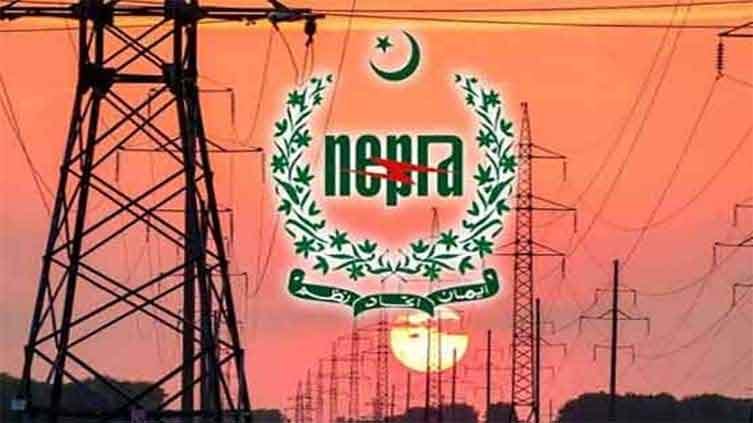In a recent State of Industry (SIR) report for 2023, the National Electric Power Regulatory Authority (NEPRA) acknowledged the critical challenges faced by Pakistan’s power sector.
In a recent State of Industry (SIR) report for 2023, the National Electric Power Regulatory Authority (NEPRA) acknowledged the critical challenges faced by Pakistan’s power sector. The report delves into the reasons behind the unprecedented increase in the price of electricity and its impact on the daily lives of ordinary citizens.
The power sector has grappled with a myriad of issues, including the depreciation of the Rupee, ‘Take or Pay’ agreements, underutilization of efficient capacity, and a host of inefficiencies in generation, transmission, distribution, and supply segments. With a total installed capacity of 45,885 MW in 2023, the challenges persisted during the fiscal year 2022-23.
One of the primary drivers of increased electricity prices is the drastic devaluation of the Pakistani Rupee, rising from 1 USD to 204.85 PKR at the end of FY 2021-22 to 1 USD equaling 287.50 PKR by the end of FY 2022-23. As most investments in the power sector are denominated in foreign currency, this devaluation escalates the cost of servicing foreign debts, affecting both the financial stability of power companies and the affordability for consumers.
The report also highlights the heavy reliance on imported energy resources like coal, oil, and gas, making the power sector vulnerable to fluctuations in international markets. The devalued Rupee directly influences the pricing of electricity, leading to increased tariffs for consumers and making it more expensive to maintain and upgrade power infrastructure.
Underutilization of ‘Take or Pay’ generation capacity has presented a dual challenge. Power utilities are obliged to pay for contracted capacity, whether consumed or not, placing a financial burden on consumers. During FY 2022-23, the utilization factor of de-rated thermal electric power generation capacity remained at 34.68%, leading to economic losses for power companies and inefficiencies in the power generation process.
The combination of Rupee devaluation and underutilization significantly contributes to the higher price of electricity, exacerbating financial liquidity and instability within the power sector. Non-payment to power generation companies in a timely manner further hampers their ability to make payments to fuel suppliers and other stakeholders, creating a ripple effect throughout the industry.
The precarious financial situation of power companies, coupled with challenges of Rupee devaluation and ‘Take or Pay’ obligations, may discourage potential investors from participating in the power sector, affecting modernization and expansion efforts.
However, the report emphasizes that many of these challenges are controllable. Diversifying the generation mix towards renewable energy sources, addressing circular debt, and implementing timely reforms, better planning, and improved governance can mitigate the impact of increased capacity payments.
The report also calls for attention to the electric power transmission system, particularly the under-utilization of the High Voltage Direct Current (HVDC) Matiari-Lahore Transmission Line, which, despite its significant enhancement in capacity, remains underutilized at around 60.4%. Addressing network constraints and ensuring the maintenance and upkeep of the existing system are imperative to alleviate financial burdens and reduce electricity costs for end-consumers.
Additionally, the report stresses the importance of curbing poor governance in electric power distribution companies (DISCOs) for sustained growth and financial viability. Implementing regulatory frameworks, robust oversight, and investing in human resource development can pave the way for a transparent and consumer-centric electric power sector.
Despite the challenges, the report acknowledges positive developments, such as the addition of three Thar Coal-based power plants during FY 2022-23. However, it highlights the need to address issues like the operation of a 660 MW power plant on imported coal due to the unavailability of Thar Coal, emphasizing the importance of further developing Thar Coal mines and associated infrastructure for economic stability.
In conclusion, the NEPRA report calls for collaborative efforts to tackle these challenges, promoting sustainable solutions for a more efficient, transparent, and consumer-centric electric power sector in Pakistan, ultimately benefiting both the industry and the citizens.
